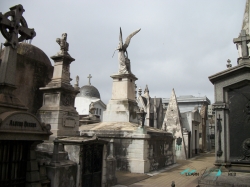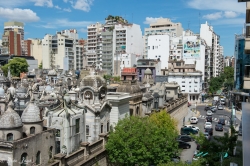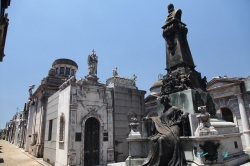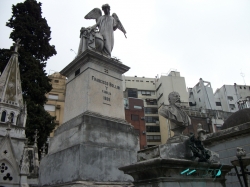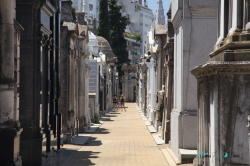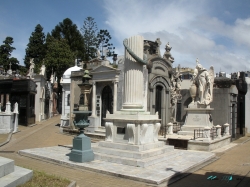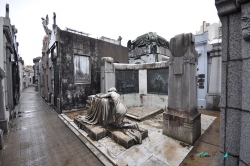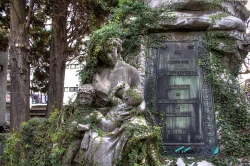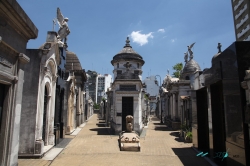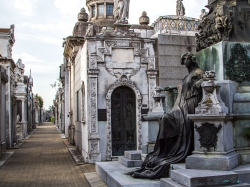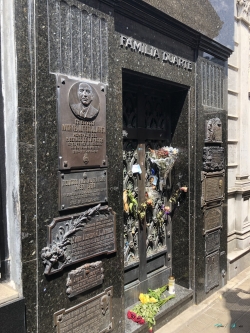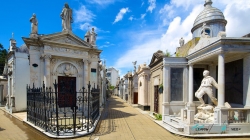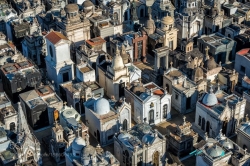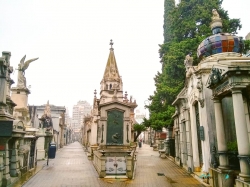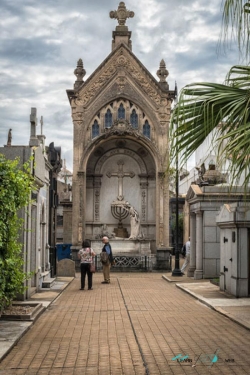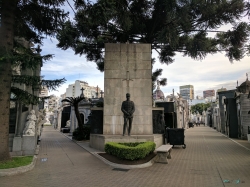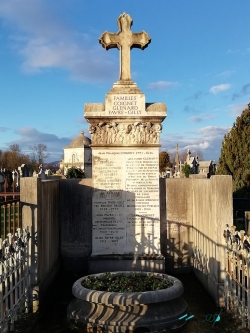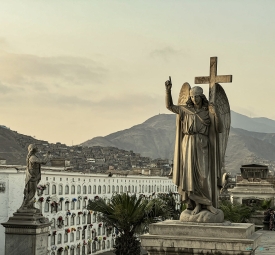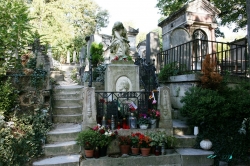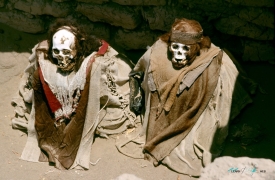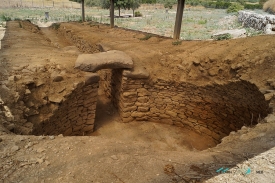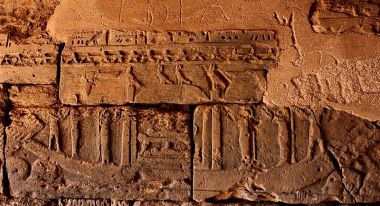ABOUT Recoleta Cemetery
La Recoleta Cemetery (Spanish: Cementerio de la Recoleta) is a cemetery located in the Recoleta neighbourhood of Buenos Aires, Argentina. It contains the graves of notable people, including Eva Perón, presidents of Argentina, Nobel Prize winners, the founder of the Argentine Navy, and a granddaughter of Napoleon. In 2011, the BBC hailed it as one of the world's best cemeteries, and in 2013, CNN listed it among the 10 most beautiful cemeteries in the world.
The cemetery is built around the Recollect Convent (Convento de la Recoleta) and a church, Our Lady of Pilar (Iglesia de Nuestra Señora del Pilar), built in 1732.
The order was disbanded in 1822, and the garden of the convent was converted into the first public cemetery in Buenos Aires. Inaugurated on 17 November of the same year under the name of Cementerio del Norte (Northern Cemetery), those responsible for its creation were the then-Governor Martin Rodríguez, who would be eventually buried in the cemetery, and government minister Bernardino Rivadavia.
The 1822 layout was done by French civil engineer Próspero Catelin, who also designed the current facade of the Buenos Aires Metropolitan Cathedral. The cemetery was last remodeled in 1881, while Torcuato de Alvear was mayor of the city, by the Italian architect Juan Antonio Buschiazzo.
Set in 5.5 hectares (14 acres), the site contains 4691 vaults, all above ground, of which 94 have been declared National Historical Monuments by the Argentine government and are protected by the state. The entrance to the cemetery is through neo-classical gates with tall Doric columns. The cemetery contains many elaborate marble mausoleums, decorated with statues, in a wide variety of architectural styles such as Art Deco, Art Nouveau, Baroque, and Neo-Gothic, and most materials used between 1880 and 1930 in the construction of tombs were imported from Paris and Milan.
Over 6,400 statues, sarcophagi, coffins and crypts commemorate some of Argentina’s most celebrated sons and daughters, not least Eva "Evita" Perón, in this labyrinthine city of the dead.
The cemetery is open daily, 8am to 6pm. Free guided tours in Spanish take place at 11am and 2pm Tuesday to Friday, and at 11am and 3pm on Saturdays, Sundays and public holidays. The city tourist board also offers a guided tour of the cemetery and the wider Recoleta neighbourhood once a week.
The cemetery is built around the Recollect Convent (Convento de la Recoleta) and a church, Our Lady of Pilar (Iglesia de Nuestra Señora del Pilar), built in 1732.
The order was disbanded in 1822, and the garden of the convent was converted into the first public cemetery in Buenos Aires. Inaugurated on 17 November of the same year under the name of Cementerio del Norte (Northern Cemetery), those responsible for its creation were the then-Governor Martin Rodríguez, who would be eventually buried in the cemetery, and government minister Bernardino Rivadavia.
The 1822 layout was done by French civil engineer Próspero Catelin, who also designed the current facade of the Buenos Aires Metropolitan Cathedral. The cemetery was last remodeled in 1881, while Torcuato de Alvear was mayor of the city, by the Italian architect Juan Antonio Buschiazzo.
Set in 5.5 hectares (14 acres), the site contains 4691 vaults, all above ground, of which 94 have been declared National Historical Monuments by the Argentine government and are protected by the state. The entrance to the cemetery is through neo-classical gates with tall Doric columns. The cemetery contains many elaborate marble mausoleums, decorated with statues, in a wide variety of architectural styles such as Art Deco, Art Nouveau, Baroque, and Neo-Gothic, and most materials used between 1880 and 1930 in the construction of tombs were imported from Paris and Milan.
Over 6,400 statues, sarcophagi, coffins and crypts commemorate some of Argentina’s most celebrated sons and daughters, not least Eva "Evita" Perón, in this labyrinthine city of the dead.
The cemetery is open daily, 8am to 6pm. Free guided tours in Spanish take place at 11am and 2pm Tuesday to Friday, and at 11am and 3pm on Saturdays, Sundays and public holidays. The city tourist board also offers a guided tour of the cemetery and the wider Recoleta neighbourhood once a week.



